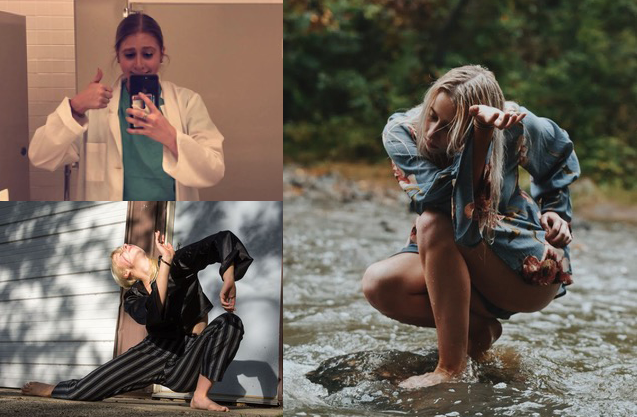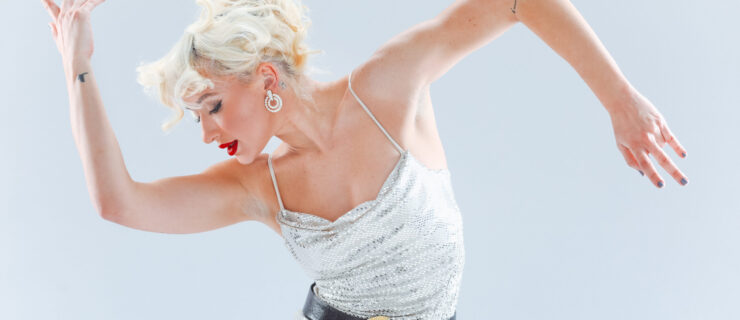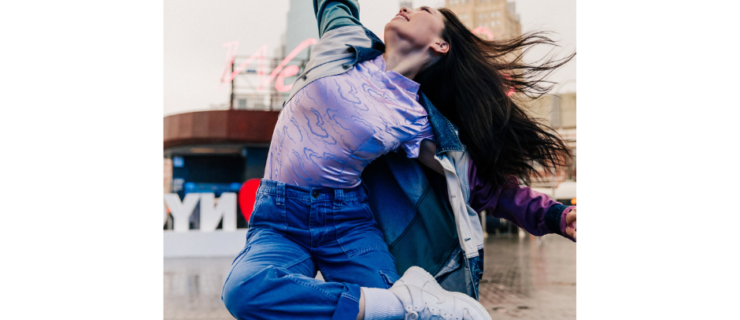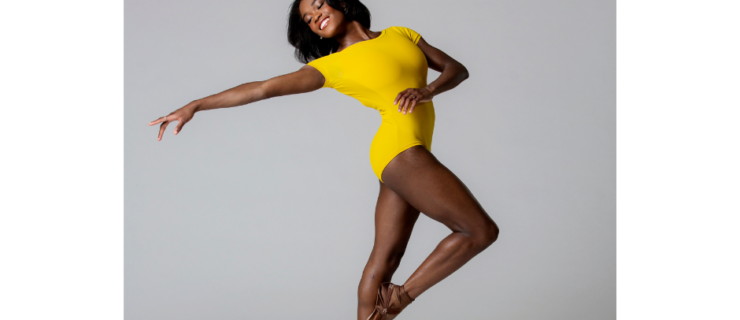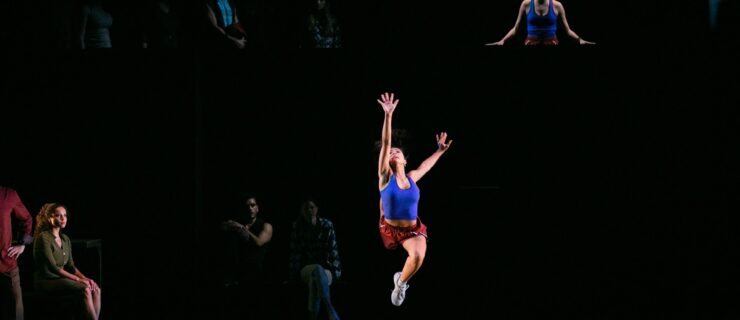Dancing at the Crossroads of Academia and the Arts
Finding yourself at a crossroads between academia and the arts can be challenging—especially for a 16-year-old.
In my junior year of high school, I faced the same stressors as anybody else: studying for the ACT, going on college visits, and figuring out where this next leap would land. But as a dancer, I faced many more questions. Do I try to turn my passion into a career? What if I get injured? What if no one hires me? How can I support myself during the indefinite period before my dance career takes off? My peers never really had to think about these considerations. After all, the paths for careers like history, journalism or finance seem more clear-cut—at least at first glance.
Like the parents of many teens, mine emphasized the importance of attending a school with great academics as well as dance. I ultimately graduated from the University of Michigan, last May, with a BFA in dance and a double minor in biology and gender & health. Though I entered college thinking about double-majoring in dance and biology, the double minor I chose instead allowed me to learn about the health field while still maintaining dance as my first priority.
Plus, I felt confident that I could pursue a medical career at any stage in life. (My mom went to medical school when she was in her 40s!) Growing up in a family of doctors let me see firsthand how much of a difference they made in their patients’ lives. I wanted to make the same kind of impact through my work.
My classes in biology and gender & health addressed topics beyond general health and wellness, teaching me how to really take care of my body. For instance, I learned about the body’s micromechanical functions and cellular mechanics, which I was able to directly relate to my dance training. In microbiology, I learned what different types of food (acidic, fatty, etc.) would do to my body, and how my body would break down those foods into energy.
This knowledge showed what types of food would help me perform at my best. Microbiology showed me a path beyond the vague admonition to “eat healthy,” teaching me what to eat before going into rehearsal so that I felt energized and focused for the long grueling hours. (Hint: a smoothie with banana, spinach, peanut butter, raspberries and blackberries will do the trick.)
In anatomy, I learned how trauma experienced by bones, muscles, tendons and ligaments would in turn impact other body mechanics. When I woke up one morning with a swollen knee, I was able to use the information from my anatomy class to create a recovery plan that allowed me to get back to my dancing in just four days.
Double-minoring in medical subjects outside of dance helped me complete med-school prerequisites. It also gave me the chance to shadow and intern at hospitals while balancing summer intensives. I even choreographed four different shows by the time I was a senior. By the end of my college career, I’d performed in more than 10 shows.
I’m extremely grateful for where I am now. I fully credit my parents for encouraging me to pursue academic interests besides dance. My well-rounded education has shaped me into a well-rounded artist and person. Right now, I’m on the cusp of entering the professional dance world. I recently booked my first NYC performance—eep! I hope to continue dancing until my body refuses. When I do eventually retire, my formal academic education will help me navigate an alternate career path. But there’s still time before I reach that particular crossroads of life.
